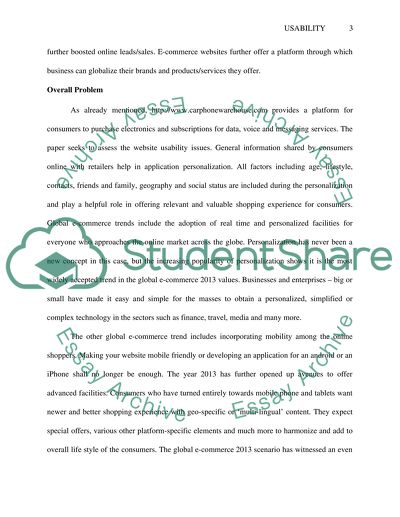Cite this document
(“Usability evaluation of the website Essay Example | Topics and Well Written Essays - 2500 words”, n.d.)
Usability evaluation of the website Essay Example | Topics and Well Written Essays - 2500 words. Retrieved from https://studentshare.org/information-technology/1498762-usability-evaluation-of-the-website
Usability evaluation of the website Essay Example | Topics and Well Written Essays - 2500 words. Retrieved from https://studentshare.org/information-technology/1498762-usability-evaluation-of-the-website
(Usability Evaluation of the Website Essay Example | Topics and Well Written Essays - 2500 Words)
Usability Evaluation of the Website Essay Example | Topics and Well Written Essays - 2500 Words. https://studentshare.org/information-technology/1498762-usability-evaluation-of-the-website.
Usability Evaluation of the Website Essay Example | Topics and Well Written Essays - 2500 Words. https://studentshare.org/information-technology/1498762-usability-evaluation-of-the-website.
“Usability Evaluation of the Website Essay Example | Topics and Well Written Essays - 2500 Words”, n.d. https://studentshare.org/information-technology/1498762-usability-evaluation-of-the-website.


